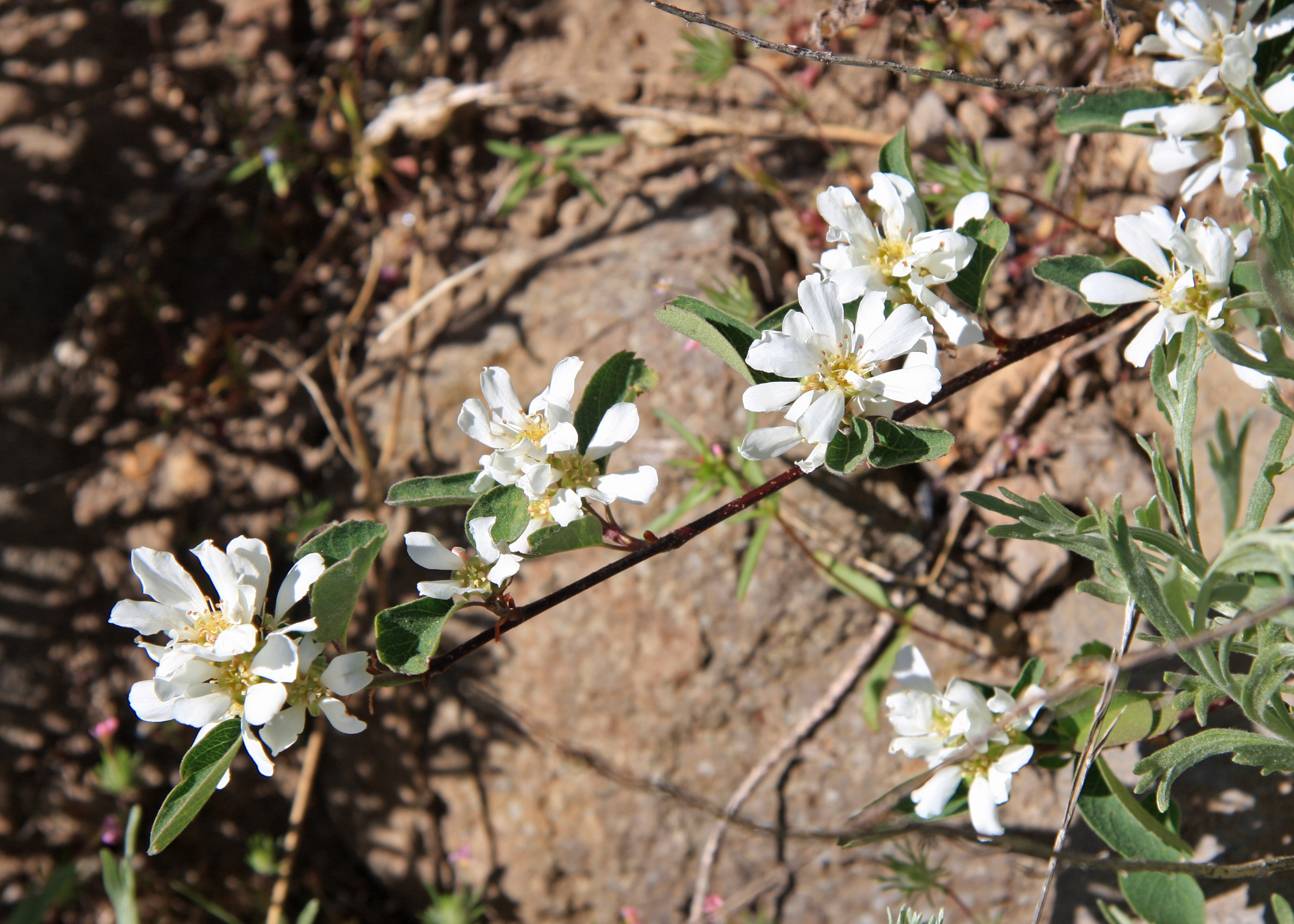|
Cirsium Perplexans
''Cirsium perplexans'' is a species of flowering plant in the family Asteraceae known by the common names Rocky Mountain thistle and Adobe Hills thistle. It is endemic to Colorado in the United States, where it occurs in the Colorado and Gunnison River Valleys in the Rocky Mountains.Panjabi, S.S. and D.G. Anderson (2004, August 31)''Cirsium perplexans'' (Rydb.) Petrak (Rocky Mountain thistle): A technical conservation assessment. nline USDA Forest Service, Rocky Mountain Region. This species is a biennial herb growing up to one meter tall from a taproot. The stems are coated thinly in webby fibers. The leaves are up to 30 centimeters long by 6 wide. They are sometimes unlobed but have toothed margins. The leaves have woolly fibers, especially on the undersides. The flower heads contain long lavender or purplish florets. The fruit is an achene which may exceed 2 centimeters in length including its pappus. [...More Info...] [...Related Items...] OR: [Wikipedia] [Google] [Baidu] |
Amelanchier Utahensis
''Amelanchier utahensis'', the Utah serviceberry, is a shrub or small tree native to western North America. This serviceberry grows in varied habitats, from scrubby open slopes to woodlands and forests. Description ''Amelanchier utahensis'' is a spreading plant, reaching a maximum of in height. It is deciduous, bearing rounded or spade-shaped often toothed green leaves and losing them at the end of the season. In April and May the shrub blooms in short inflorescences of white flowers, each with five widely spaced narrow petals. The fruits are pomes. The Utah serviceberry is browsed by desert bighorns, elk, and mule deer, as well as many birds and domesticated livestock. Range For the Utah serviceberry, the core mountainous range is delimited by the Colorado–New Mexico–Wyoming Rocky Mountains in the east, the Front ranges of Utah at the west, and the south in central Arizona-western New Mexico by the Mogollon Rim and White Mountains (Arizona) region of east Arizon ... [...More Info...] [...Related Items...] OR: [Wikipedia] [Google] [Baidu] |
Cirsium
''Cirsium'' is a genus of perennial and biennial flowering plants in the Asteraceae, one of several genera known commonly as thistles. They are more precisely known as plume thistles. These differ from other thistle genera ('' Carduus'', ''Silybum'' and ''Onopordum'') in having feathered hairs to their achenes. The other genera have a pappus of simple unbranched hairs. They are mostly native to Eurasia and northern Africa, with about 60 species from North America (although several species have been introduced outside their native ranges). Thistles are known for their effusive flower heads, usually purple, rose or pink, also yellow or white. The radially symmetrical disc flowers are at the end of the branches and are visited by many kinds of insects, featuring a generalised pollination syndrome. They have erect stems and prickly leaves, with a characteristic enlarged base of the flower which is commonly spiny. The leaves are alternate, and some species can be slightly hairy. E ... [...More Info...] [...Related Items...] OR: [Wikipedia] [Google] [Baidu] |
Melilotus Officinalis
''Melilotus officinalis'', known as sweet yellow clover, yellow melilot, ribbed melilot and common melilot, is a species of legume native to Eurasia and introduced in North America, Africa, and Australia. Description ''Melilotus officinalis'' can be an annual or biennial plant, and is high at maturity. Leaves alternate on the stem and possess three leaflets. Yellow flowers bloom in spring and summer and produce fruit in pods typically containing one seed. Seeds can be viable for up to 30 years. Plants have large taproots and tend to grow in groups. Plants have a characteristic sweet odor. Habitat ''M. officinalis'' is native to Europe and Asia and has been introduced to North America as a forage crop. It commonly grows in calcareous loamy and clay soils with a pH above 6.5 and can tolerate cold temperatures and drought; it does not tolerate standing water or acidic soils, with a pH of 5.5 as the plant's lowest limit. Common places where it can be found include open disturbed l ... [...More Info...] [...Related Items...] OR: [Wikipedia] [Google] [Baidu] |
Bromus Inermis
''Bromus inermis'' is a species of the true grass family ( Poaceae). This rhizomatous grass is native to Europe Europe is a large peninsula conventionally considered a continent in its own right because of its great physical size and the weight of its history and traditions. Europe is also considered a subcontinent of Eurasia and it is located entirel ... and North America. The plant is characterized by an erect, leafy, long-lived perennial, tall, rhizomatous and commonly producing a dense sod. It starts growth in early spring; flowers May to July; reproduces from seeds, tillers, and rhizomes. It may regrow and re flower in the fall if moisture is sufficient. The leaves are glabrous or occasionally pubescent, particularly on the sheaths; blades long, wide, flat, with a raised and keeled midrib below; sheaths closed ... [...More Info...] [...Related Items...] OR: [Wikipedia] [Google] [Baidu] |
Introduced Species
An introduced species, alien species, exotic species, adventive species, immigrant species, foreign species, non-indigenous species, or non-native species is a species living outside its native distributional range, but which has arrived there by human activity, directly or indirectly, and either deliberately or accidentally. Non-native species can have various effects on the local ecosystem. Introduced species that become established and spread beyond the place of introduction are considered naturalized. The process of human-caused introduction is distinguished from biological colonization, in which species spread to new areas through "natural" (non-human) means such as storms and rafting. The Latin expression neobiota captures the characteristic that these species are ''new'' biota to their environment in terms of established biological network (e.g. food web) relationships. Neobiota can further be divided into neozoa (also: neozoons, sing. neozoon, i.e. animals) and neophyt ... [...More Info...] [...Related Items...] OR: [Wikipedia] [Google] [Baidu] |
Off-road Vehicle
An off-road vehicle, sometimes referred to as an overland or adventure vehicle, is considered to be any type of vehicle which is capable of driving on and off paved or gravel surface. It is generally characterized by having large tires with deep, open treads, a flexible suspension, or even caterpillar tracks. Other vehicles that do not travel on public streets or highways are generally termed off-highway vehicles, including tractors, forklifts, cranes, backhoes, bulldozers, and golf carts. Off-road vehicles have an enthusiastic following because of their versatility. Several types of motorsports involve racing off-road vehicles. The most common use of these vehicles is for sightseeing in areas distant from the pavement. The use of higher clearance and higher traction vehicles enables access on trails and forest roads that have rough and low traction surfaces. Off-road vehicles can typically ford through deeper waters (i.e., rivers or floodwaters) than on-road vehicles can. ... [...More Info...] [...Related Items...] OR: [Wikipedia] [Google] [Baidu] |
Herbicide
Herbicides (, ), also commonly known as weedkillers, are substances used to control undesired plants, also known as weeds.EPA. February 201Pesticides Industry. Sales and Usage 2006 and 2007: Market Estimates. Summary in press releasMain page for EPA reports on pesticide use ihere Selective herbicides control specific weed species, while leaving the desired crop relatively unharmed, while non-selective herbicides (sometimes called total weedkillers in commercial products) can be used to clear waste ground, industrial and construction sites, railways and railway embankments as they kill all plant material with which they come into contact. Apart from selective/non-selective, other important distinctions include ''persistence'' (also known as ''residual action'': how long the product stays in place and remains active), ''means of uptake'' (whether it is absorbed by above-ground foliage only, through the roots, or by other means), and ''mechanism of action'' (how it works). Historica ... [...More Info...] [...Related Items...] OR: [Wikipedia] [Google] [Baidu] |
Cirsium Arvense
''Cirsium arvense'' is a perennial species of flowering plant in the family Asteraceae, native throughout Europe and western Asia, northern Africa and widely introduced elsewhere.Joint Nature Conservation Committee''Cirsium arvense'' The standard English name in its native area is creeping thistle.Botanical Society of Britain and Irelan It is also commonly known as Canada thistle and field thistle. The plant is beneficial for pollinators that rely on nectar. It also was a top producer of nectar sugar in a 2016 study in Britain, with a second-place ranking due to a production per floral unit of (). Alternative names A number of other names are used in other areas or have been used in the past, including: Canadian thistle, lettuce from hell thistle, California thistle, corn thistle, cursed thistle, field thistle, green thistle, hard thistle, perennial thistle, prickly thistle, setose thistle, small-flowered thistle, way thistle, and stinger-needles. Canada and Canadian thistle a ... [...More Info...] [...Related Items...] OR: [Wikipedia] [Google] [Baidu] |
Larinus Planus
''Larinus planus'' is an insect of the Curculionidae ("true" weevil) family. They are oval shaped, dark brown or black, and about long. While native to Europe, it is also common in North America. It feeds on floral buds, primarily of thistles, with the larvae stage being the most destructive to them. In North America, it has been used as a biocontrol agent. It is also known as ''Larinus carlinae''. Description The adult weevil is mostly dark brown or black, but has red-brown antennae. It is about long and oval shaped. The wing covers have light colored mottled hairs on them and appear pock-marked. The nose is long and narrow, with a pronounced curvature. The eggs are black and appear the size of a "pin-prick." Once hatched, the larva has a segmented white body with a brown head, and is "C" shaped. Distribution This weevil is indigenous to southwest England, as well as Central and Eastern Europe. It was accidentally introduced to Canada and the United States in the 1960s. ... [...More Info...] [...Related Items...] OR: [Wikipedia] [Google] [Baidu] |
Carduus Nutans
''Carduus nutans'', with the common names musk thistle, nodding thistle, and nodding plumeless thistle, is a biennial plant in the daisy and sunflower family Asteraceae. It is native to regions of Eurasia. Description ''Carduus nutans'' is usually a biennial, requiring 2 years to complete a reproductive cycle. However, it may germinate and flower in a single year in warmer climates. Seedlings may emerge at any time from spring to late summer and develop a rosette. Plants overwinter in the rosette stage, sending up a multi-branched flowering stem in mid-spring of their second year. Mature plants reach in height with multi-branched stems. It has sharply spiny stems and leaves. The stem is cottony/hairy. The plants develop a rosette, with large leaves up to about long. The leaves are dark green, coarsely bipinnately lobed, with a smooth, waxy surface and sharp yellow-brown to whitish spines at the tips of the lobes. They are more or less hairy on top, and wooly on the veins bel ... [...More Info...] [...Related Items...] OR: [Wikipedia] [Google] [Baidu] |
Rhinocyllus Conicus
''Rhinocyllus conicus'' is a species of true weevil. It is best known as a controversial agent of biological pest control which has been used against noxious thistles in the genera ''Carduus'', ''Cirsium'', ''Onopordum'', and ''Silybum''. The adult weevil is black and covered in a thin black and yellowish mottled coat of hairs. It is a short-snouted beetle up to 6 millimeters in total body length. The female lays over 100 eggs on or near the bracts of the thistle flower head. She covers the eggs with masticated plant tissue to protect them from predators. When the white larva emerges from its egg it burrows into the flower head and feeds on the flower parts and developing seeds. As it grows it deposits frass and chewed plant tissue on the walls of its chamber, producing a rigid protective shell in which it will pupate. Pupation takes up to two weeks and when the weevil emerges as an adult it remains inside the chamber for a few more weeks before tunneling out of the plant. Damag ... [...More Info...] [...Related Items...] OR: [Wikipedia] [Google] [Baidu] |





_Mating.jpg)